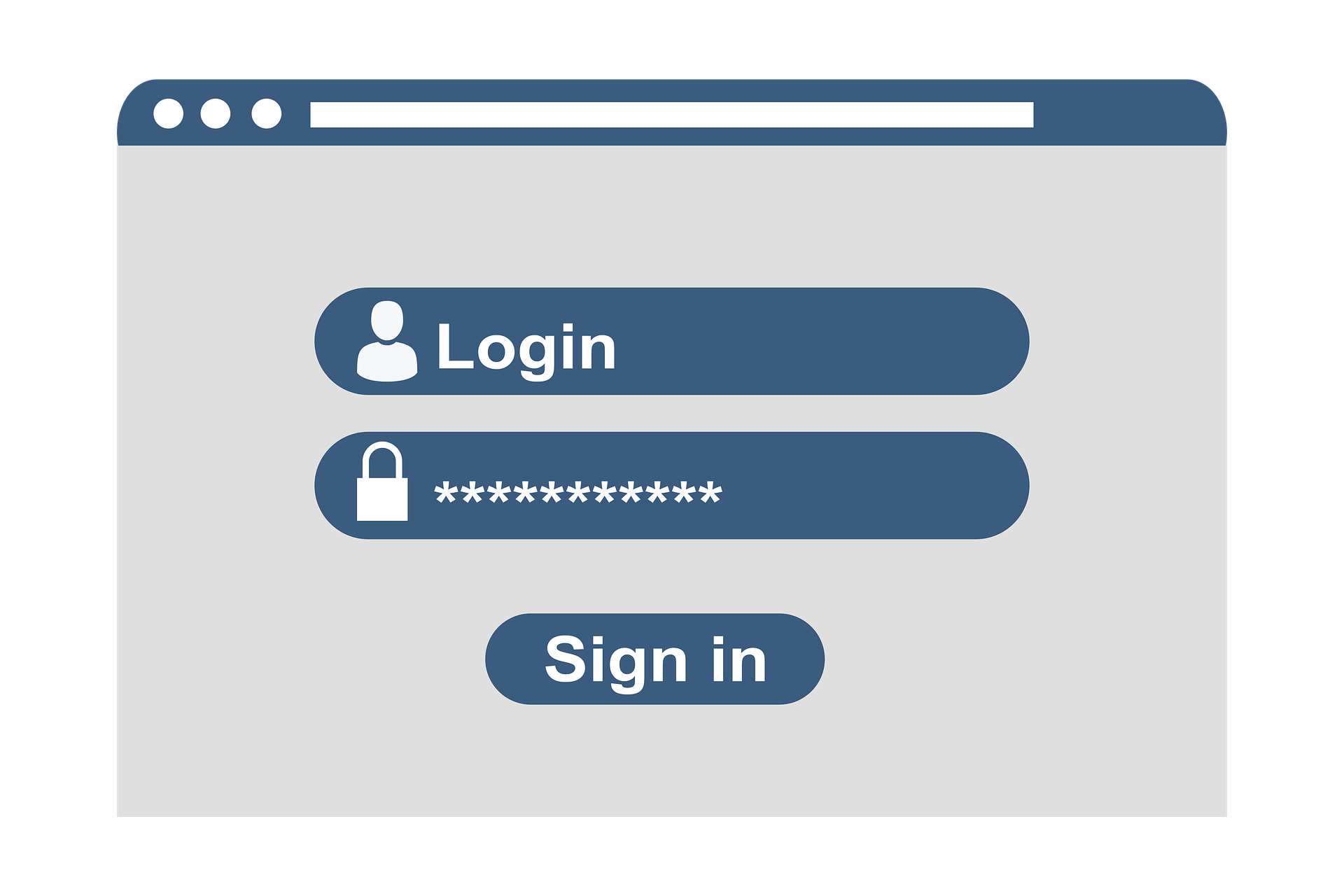Welcome back to Visalawyerblog! We kick off the start of the week with exciting news from the U.S. Citizenship and Immigration Services (USCIS).
On July 15, 2022, USCIS announced the second phase of the expansion of premium processing service for petitioners who have a pending Form I-140 Immigrant Petition for Alien Workers, under the EB-1 and EB-2 employment-based classifications.
As with the first phase of the premium processing expansion, the second phase of expansion only applies to certain previously filed Form I-140 petitions under the EB-1-3 multinational executive and manager classification, or EB-2 classification as a member of professions with advanced degrees or exceptional ability seeking a national interest waiver (NIW) that were filed on certain dates. Only such petitions will be eligible to upgrade to premium processing using Form I-907, Request for Premium Processing Service.
Who will benefit?
Beginning August 1, 2022, USCIS will accept Form I-907 Premium Processing requests for:
- EB-1-3 multinational executive and manager petitions received on or before July 1, 2021; and
- EB-2 NIW petitions for advanced degree or exceptional ability received on or before August 1, 2021.
USCIS has explicitly made clear that it will reject premium processing requests for these Form I-140 classifications if the receipt date is after the dates listed above. For cases eligible to upgrade to premium processing, USCIS will guarantee 45 calendar days to take adjudicative action for these requests for premium processing service. USCIS will not accept new (initial) Forms I-140 with a premium processing request at this time for petitions that do not explicitly fall under the above categories.
 Visa Lawyer Blog
Visa Lawyer Blog











